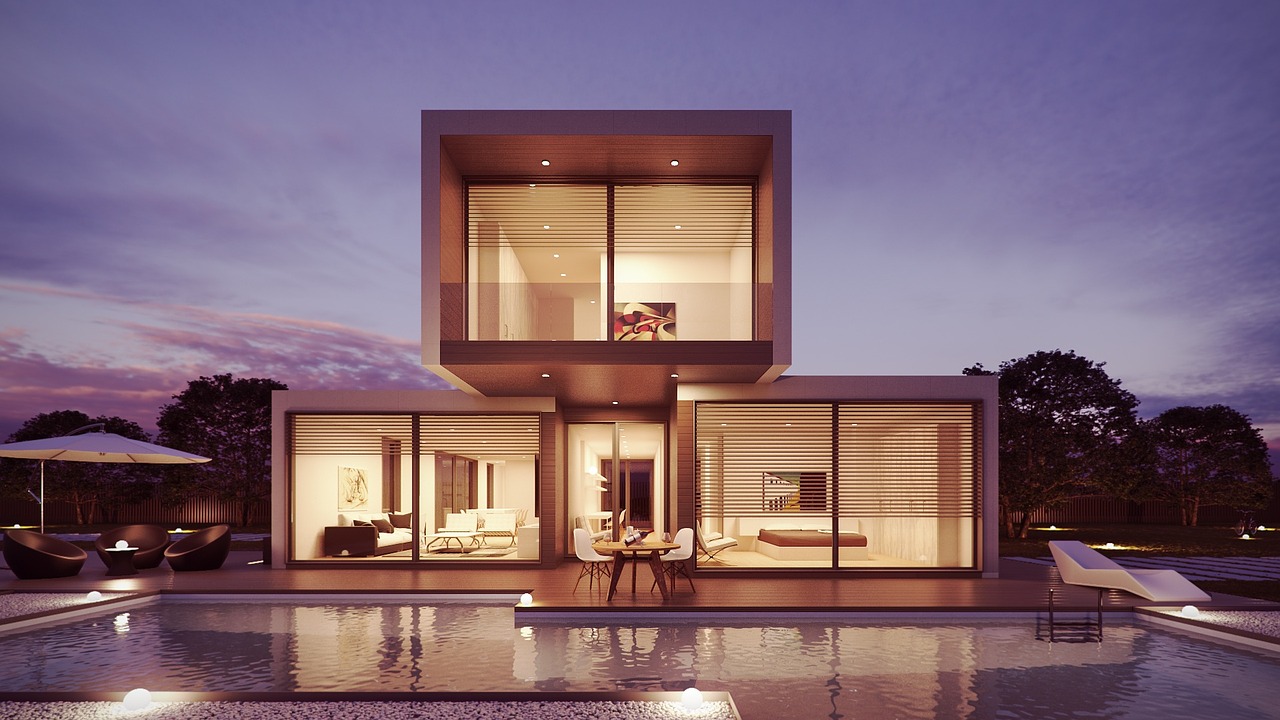Adopting an eco-friendly perspective is becoming increasingly important to everything we do. However, taking the “eco-friendly” approach to purchasing decisions is sometimes seen as something that means spending a little more to have a clear conscience.
In the case of home design, however, that could not be further from the truth. In fact, in many cases. The eco-friendly option is also the most cost-effective. Just take a look at these examples.
LED lamps
LED lamps like these E14 LED bulbs have a wealth of green credentials. For one thing, they do not contain the harmful or hazardous substances found in other types of bulbs, and for another, they last as much as 20 times longer. The fact that they are far more energy-efficient is just the icing on the cake.
But with LEDs, it’s not just about eco-friendliness. An equally important advantage of these lamps is the absence of flicker that you find with older style lighting. LED lamps are powered by direct current, so they do not flicker, meaning less risk of eye strain.
There are other medical advantages to LEDs. For the most natural perception of the surrounding space by the human eye, the light source should provide high-quality colour reproduction. In this respect, LED lamps are the best because their emission spectrum is as close to natural as possible.
In other words, LED lights can take care of your health and comfort as well as your budget, while also being the most eco-friendly lighting option.
Eco-furniture made from mushrooms
It sounds like magic, but the world of design has long been familiar with mushroom plastic and mushroom foam. These are alternatives to environmentally harmful plastics. The material is actually called Mycoform. It is a highly durable and stylish biopolymer.
The main advantages of mushroom furniture are low production cost and high environmental friendliness. Mycoform is 100% biodegradable – all furniture can be discarded at the end of its life and will immediately break down into a rich fertilizer. It is possible to produce mushroom furniture in the most basic workshop – energy consumption requirements are minimal.
Mushroom benches, sofas, and ottomans are set to become the next big thing in high-tech, eco-friendly design. The low cost of materials also means that these are available to even the most modest household budgets. In addition, this organic polymer is so robust that it can even be used in the construction of interior walls and insulation systems.
Phytowalls
Here is another eco-innovation that is growing in popularity. It consists of a vertical smart wall of plants with built-in sensors that automatically regulate the flow of air, water and light. The AI can even adjust to satellite data that reports the changing weather patterns.
Phyto walls can be customised for any taste, colour scheme or budget, and can even take into account specific allergies. Phytowalls are a new innovation that is set to become very big in the years to come.

















